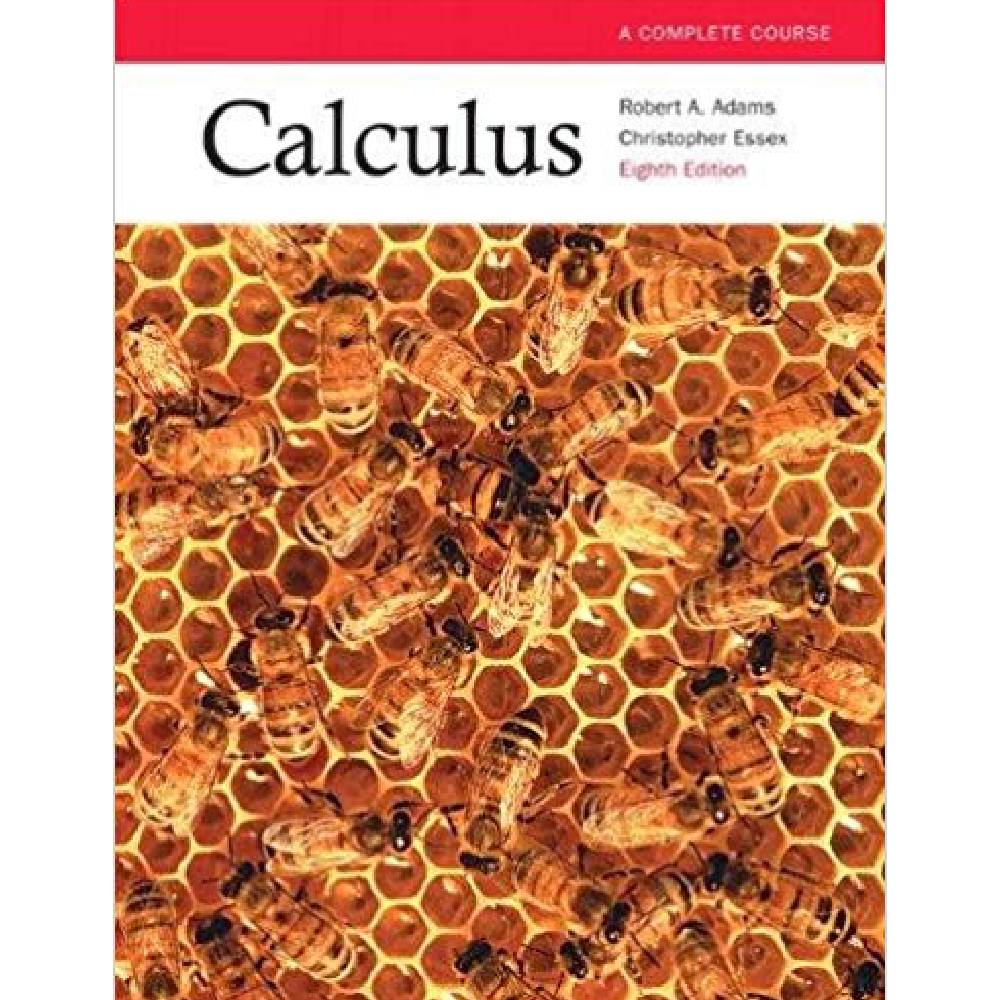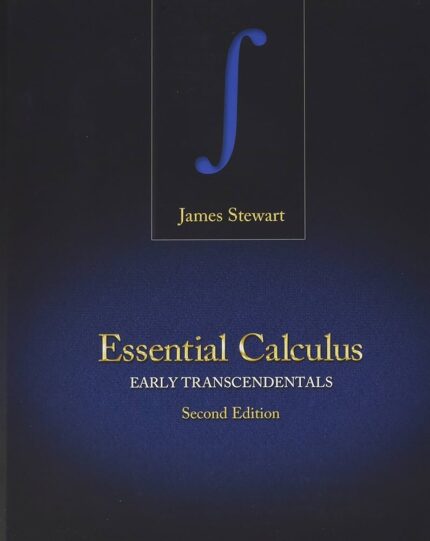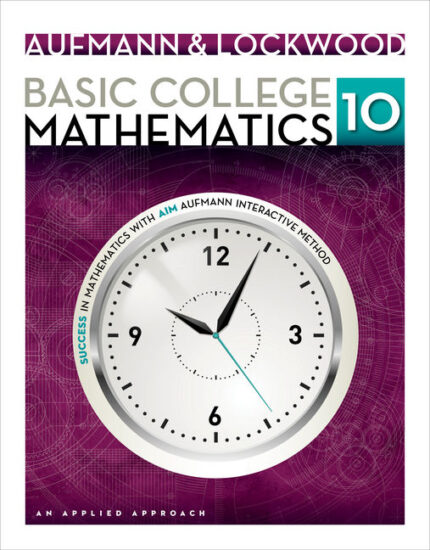Chapter 11 Vector Functions and Curves
11.1 Vector Functions of One Variable
1) Let r(t) = 4t i + 3sin(t) j – 3cos(t) k be a differentiable vector function giving the position r of a particle at time t. Find the speed of the particle at time t = seconds.
A) 5.5 units/s
B) 5.0 units/s
C) 4.5 units/s
D) 4.0 units/s
E) 3.5 units/s
Answer: B
Diff: 1
2) Find the velocity at time t = -2 of a particle whose position at time t is given by r(t) = 3t i – j.
A) v(-2) = – 3i + 12j
B) v(-2) =- 3i – 12j
C) v(-2) =3i + 12j
D) v(-2) = 3i – 12j
E) v(-2) = 3i – 4j
Answer: D
Diff: 1
3) Find the acceleration at time t = -1 of a particle whose position at time t is given by r(t) = 4t i + j.
A) a(-1) = -2j
B) a(-1) = 2j
C) a(-1) = i – 2j
D) a(-1) = i + 2j
E) a(-1) = 2i + j
Answer: B
Diff: 1
4) A moving particle starts at an initial position (1, 0, 0) with initial velocity i – j + k. Its acceleration at time t is a(t) = 4t i + 6t j + k. Find its velocity and position at time t > 0.
A) v(t) = (2 + 1) i + (3 – 1) j + (t + 1) k; r(t) = ( + t + 1) i + ( – t) j + ( + t) k
B) v(t) = (2 + 1) i + (3 + 2) j + (t + 1) k; r(t) = ( + t + 1) i + ( + 2t) j + ( + t) k
C) v(t) = (2 + 1) i + (3 – 1) j + (t + 1) k; r(t) = ( + t + 1) i + ( – t) j + ( + t) k
D) v(t) = (2 + 1) i + (3 – 1) j + (t + 1) k; r(t) = ( + t + 1) i + ( – t) j – ( + t) k
E) v(t) = (2 – 1) i + (3 – 1) j – (t + 1) k; r(t) = ( + t + 1) i – ( – t) j + ( + t) k
Answer: A
Diff: 2
5) Find the velocity, speed, and acceleration at time t of a particle that has position function
r(t) = (2sin t) i + 6t j + (2cos t) k.
A) v(t) = (cos t) i + 6j – (2sin t) k; = ; a(t) = – (2sin t) i – (2cos t) k
B) v(t) = -(cos t) i + 6j + (2sin t) k; = ; a(t) = (2sin t) i + (2cos t) k
C) v(t) = (cos t) i + 6j – (2sin t) k; = 10; a(t) = – (2sin t) i – (2cos t) k
D) v(t) = (cos t) i + (2sin t) k; =2 ; a(t) = – (2sin t) i – (2cos t) k
E) v(t) = -(cos t) i + 6j + (2sin t) k; = 10; a(t) = (2sin t) i + (2cos t) k
Answer: A
Diff: 2
6) Find the velocity, speed, and acceleration at time t of a particle that has position function
r(t) = t i + j + k.
A) v(t) = i + j – k, + , a(t) = j + k
B) v(t) = i + j – k, – , a(t) = j + k
C) v(t) = i + j – k, + , a(t) = j – k
D) v(t) = j – k, , a(t) = j + k
E) v(t) = i + j + k, + , a(t) = j – k
Answer: A
Diff: 2
7) What kind of curve is r(t) = (sin t) i + (sin t) j + 2(cos t) k?
A) a circular helix
B) an oval plane curve that is, however, not an ellipse
C) an ellipse (but not a circle)
D) a circle
E) a parabola
Answer: D
Diff: 2
8) Describe the curve r(t) = (sin t) i + (cos t) j + k.
A) a helix wound around the cylinder + = 1
B) the circle (of radius 1) in which the plane z = intersects the sphere + + = 4
C) the circle (of radius ) in which the plane z = 1 intersects the sphere + + = 3
D) the circle (of radius ) in which the plane z = intersects the cylinder + = 1
E) a helix wound around the cylinder + = 3
Answer: B
Diff: 2
9) Find an equation of the line tangent to the parametric space curve
r(t) = ( + 3t + 1) i + (2 – 7t j + (4sin(t) -3)k at the point on the curve corresponding to t = 0.
A) r(u) = (1 + 3u) i + (2 – 7u) j + (- 3 + 4s) k, u ∈ R
B) 3x – 7y + 4z -23 = 0
C) x + y + z = 0
D) r(u) = (3 + u) i + (-7 + 2u) j + (4 – 3u) k, u ∈ R
E) x + 2y – 3z – 14 = 0
Answer: A
Diff: 2
10) A particle is moving to the right with constant speed 2 along the curve y = cos x in the xy-plane.
Find its velocity at the instant when it crosses the vertical line x = .
A) v = i – j
B) v = i – j
C) v = i – j
D) v = i – j
E) v = i + j
Answer: C
Diff: 2













Reviews
There are no reviews yet.